Artwork created by artificial intelligence (AI) is not eligible for copyright protection in the United States, a federal judge has ruled.
The decision, which is the first of its kind in the country, is a setback for the creators of AI-generated art, who had hoped to protect their work from unauthorized copying and use.
The case involved an artist named Stephen Thaler, who filed a copyright registration for a two-dimensional artwork created by his AI program “Creativity Machine.” The Copyright Office denied the registration, finding that the work was not “original” because it was created by a machine without any human input.
Thaler challenged the decision in court, arguing that the Copyright Office’s definition of “originality” was too narrow and that AI-generated art should be protected under copyright law. However, the judge disagreed, finding that the Copyright Office’s definition was “consistent with the long-standing understanding of originality” in copyright law.
The judge’s ruling is a significant development in the legal landscape for AI-generated art. It is likely to have a chilling effect on the creation and commercialization of AI-generated art, as creators will now be less likely to invest time and resources into creating work that they cannot protect under copyright law.
The ruling also raises questions about the future of copyright law in the age of artificial intelligence. As AI becomes more sophisticated, it is likely to create works that are increasingly creative and original. It remains to be seen how copyright law will adapt to these new challenges.
In the meantime, the ruling in this case is a reminder that AI-generated art is not currently protected under copyright law. Creators of AI-generated art should be aware of this risk and take steps to protect their work, such as by using non-disclosure agreements and watermarks.
Additional Resources
State v. Navarro: Defendants Can Lose Bail Money for Failing to Appear for Trial
This article explores the legal ramifications of State v. Navarro, where defendants who fail to appear for trial may forfeit their bail money, detailing Washington State’s legal stance on the issue.
Read more
Washington Supreme Court Rules Life in Prison Without Parole for Juveniles Is Unconstitutional
A breakdown of the Washington Supreme Court’s landmark ruling declaring life sentences without parole for juveniles unconstitutional, with an in-depth look at its legal impact.
Read more
Exploring Washington State Evidence Rule 404: Character Evidence in Legal Proceedings
A detailed analysis of Evidence Rule 404, which governs the use of character evidence in legal proceedings, with a focus on Washington State law and its applications in court.
Read more
Virtual Court: How Do I Find the Virtual Court in Washington State?
A guide for navigating virtual court appearances in Washington State, providing key tips and instructions for successfully participating in online court hearings.
Read more
Benton County Sheriff’s Office Considers Controversial AI Tool Amid Public Concerns
An exploration of Benton County’s consideration of a controversial AI tool, highlighting public concerns and the potential legal and privacy issues surrounding its use.
Read more
Artificial Entities Cannot Represent Themselves in Court
This article discusses the legal prohibition on artificial entities, such as corporations, representing themselves in court without an attorney, and the implications for Washington State cases.
Read more
Washington State Rule of Evidence ER 605: Competency of Judge as Witness
An in-depth look at Washington’s Rule of Evidence ER 605, which addresses the competency of a judge to serve as a witness in court proceedings.
Read more
State v. Keller: Breath Test Admissibility – Washington Supreme Court
A discussion of State v. Keller and the Washington Supreme Court’s ruling on the admissibility of breath test results in DUI cases, highlighting the impact on future cases.
Read more
